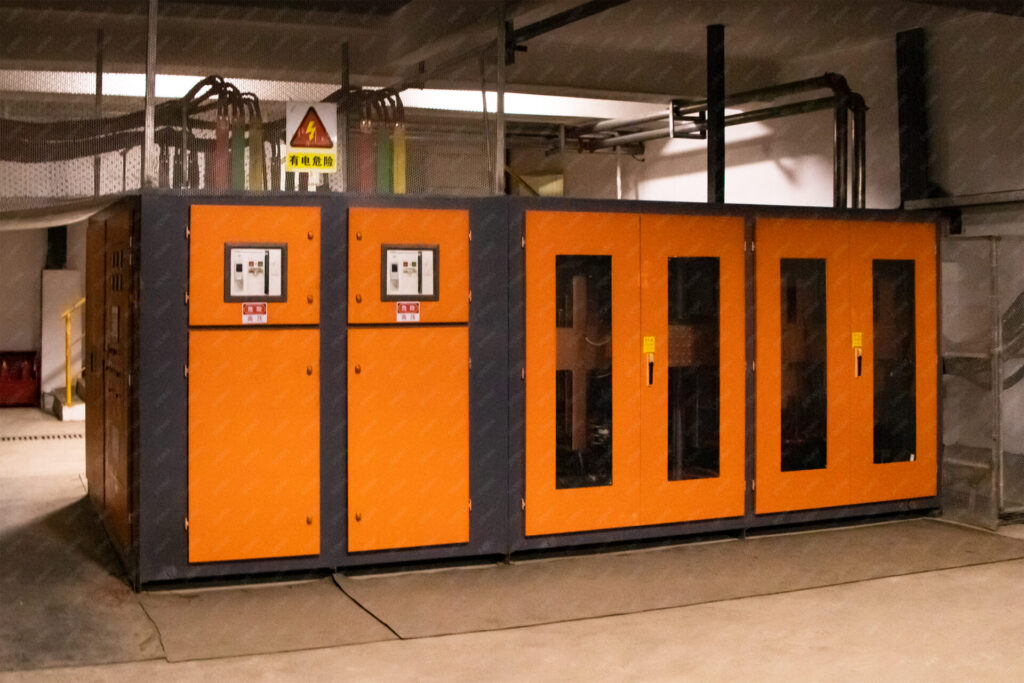- Tel:+8613007564317
- Email:[email protected]
News
Causes of noise in intermediate frequency furnaces After the intermediate frequency furnace is started, the voltage does not rise high, and the reactor sounds particularly loud, dull, trembling, and has overcurrent or overvoltage faults from time to time, and sometimes even burns out the inverter tube. Most of these faults are problems with the reactor. excerpt …
Causes of noise in intermediate frequency furnaces
After the intermediate frequency furnace is started, the voltage does not rise high, and the reactor sounds particularly loud, dull, trembling, and has overcurrent or overvoltage faults from time to time, and sometimes even burns out the inverter tube. Most of these faults are problems with the reactor.
The noise of the intermediate frequency furnace is mainly generated by the intermediate frequency power supply, furnace body and hydraulic pump. Secondly, the noise level generated by transformers and water pumps is relatively small.
When the intermediate frequency electric furnace with high power density is running, the noise is relatively large due to the vibration of induction coils, yokes and other components.
The hydraulic pump is noisy when it is working, so it should be stopped in time when it is not in use. For this reason, there is a stop button on the hydraulic console, the operator can stop the hydraulic pump in time, and a timer can also be configured to shut down the hydraulic pump on time. .
It is possible that a faulty thyristor in a certain phase may cause regular intermittent oscillations. At that time, even the copper bars may vibrate and tremble, which is visible to the naked eye.

Intermediate frequency furnace noise control measures
It is usually required that on the furnace working platform, the noise at a distance of 1m from the furnace body and a height of 1m should be ≤ 85dB (deducting background noise). Therefore, when installing soundproof doors for the two intermediate frequency furnace machine rooms, the sound insulation should be greater than 25dB. The overall sound insulation performance is in line with the national requirements for medium and low frequency noise isolation. The door frame and door leaf should be treated with surface rust prevention.
The large amount of heat generated by the intermediate frequency furnace needs to be discharged in time. The fan that discharges the heat is very noisy, and it is also the main noise source of the intermediate frequency furnace workshop. In order to effectively remove the heat and prevent the noise from leaking out, you can install 2 One inlet muffler and two exhaust mufflers are equipped with two low-noise axial flow fans for forced exhaust.
When the intermediate frequency furnace is running at high power, the noise is relatively large due to the vibration of induction coils, yokes and other components. In order to reduce vibration and noise, some noise reduction measures can also be taken for the furnace structure. If necessary, the furnace body structure can take some measures to reduce noise, such as lining the inner wall of the furnace shell with sound insulation materials, adding rubber pads to the maintenance hole cover, and adding fillers to the cavity of the furnace body structure.
Sound-absorbing treatment on the walls and top of the machine room to avoid the mid-sound caused by the noise of the intermediate frequency furnace in the machine room. On-site: The sound-absorbing materials for the wall and roof of the machine room mainly absorb medium and high sound waves, and the requirements for high flow resistance and porosity are higher than 80%. At the same time, sound insulation treatment should also be carried out for the line pipes and pipes passing through the wall of the machine room.

We will get in touch with you as soon as possible
